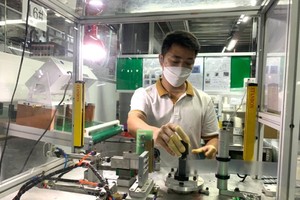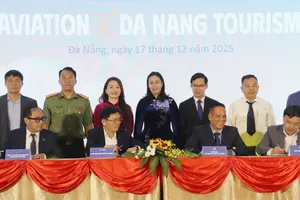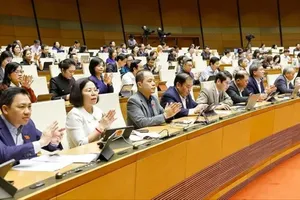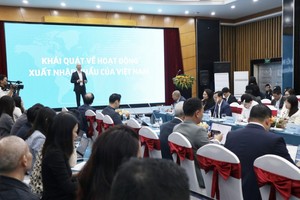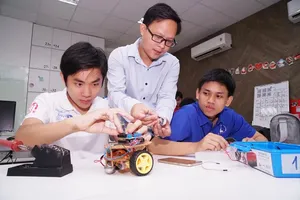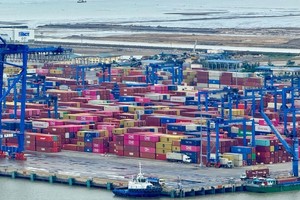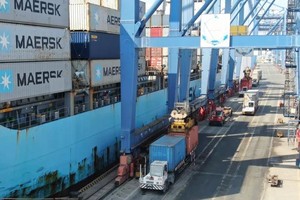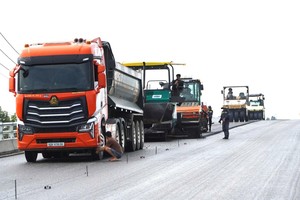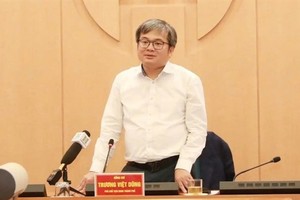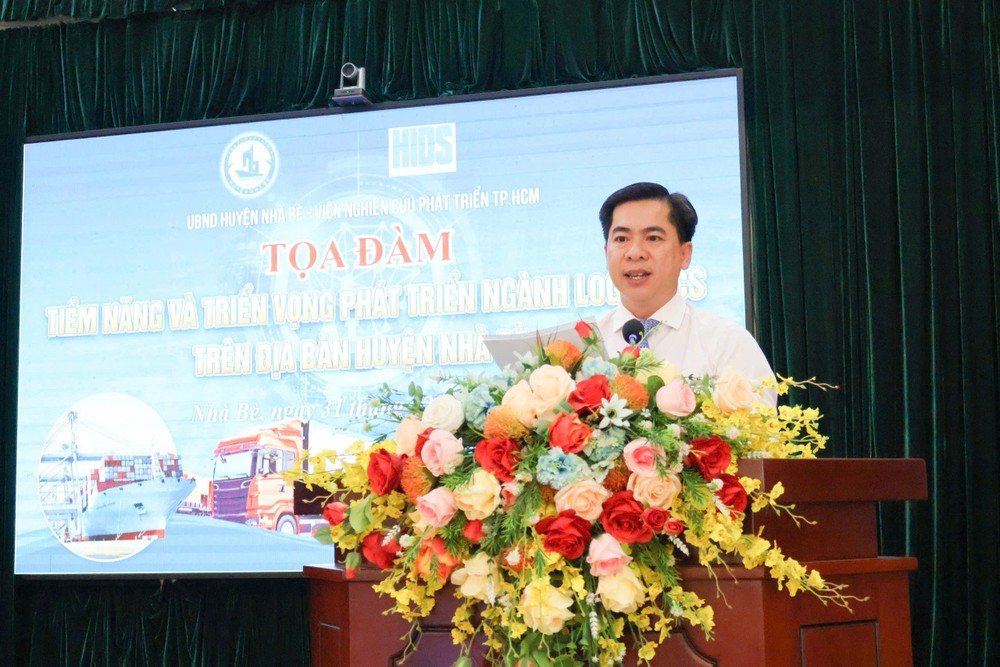
Under a master plan for the development of Vietnam's logistics industry by 2030, Nha Be District has identified logistics and commercial services as key sectors accounting for a significant proportion of the local economic structure.
The statement was made at a seminar on the potential and prospects for the development of the logistics industry in Nha Be District held on December 31 by the People's Committee of the district.
At the event, experts and businesses exchanged and shared breakthrough solutions, contributing to the development of Nha Be District into a modern logistics center that meets the economic development requirements in the context of global integration.
Chairman of the People's Committee of Nha Be District, Trieu Do Hong Phuoc, said that Nha Be has many potential and prospects for developing transportation, warehousing, and forwarding in the future thanks to its favorable location, such as the waterway cargo transportation system from the Mekong Delta provinces and cities to Ho Chi Minh City.
In addition, the district also has an existing vital road transportation network that supports logistics activities connecting with Hiep Phuoc Industrial Park and the economic development of neighboring areas. Furthermore, when Ring Road 3, Ring Road 4, the logistics center, and Can Gio international transshipment port are officially operational, Nha Be District will become a large-scale hub for gathering and distributing goods to the surrounding area.
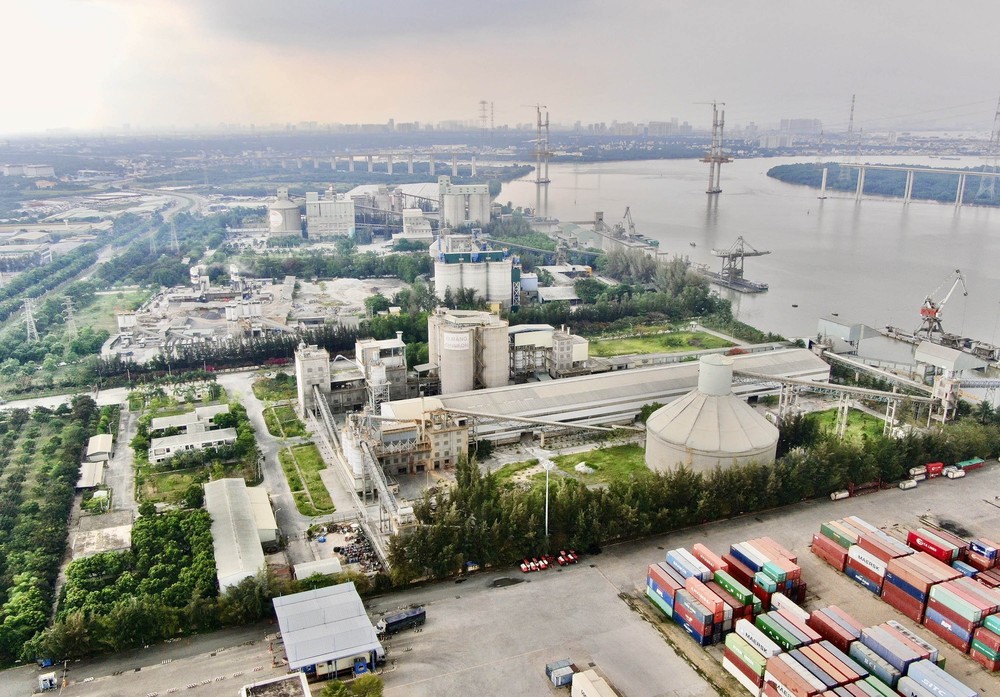
Mr. Pham Thanh Son, Director of Tan Cang - Hiep Phuoc Port Joint Stock Company, put forward proposals, including completing road transportation infrastructure projects; accelerating the investment in planned logistics centers; developing transportation and digital infrastructure; encouraging businesses to invest in equipment using clean fuel, apply energy-saving solutions, and utilize renewable energy; and maintaining the advantage of a high-quality workforce, especially in the technology and logistics fields.
He also encouraged universities and training institutions to strengthen higher education and postgraduate programs in logistics.
